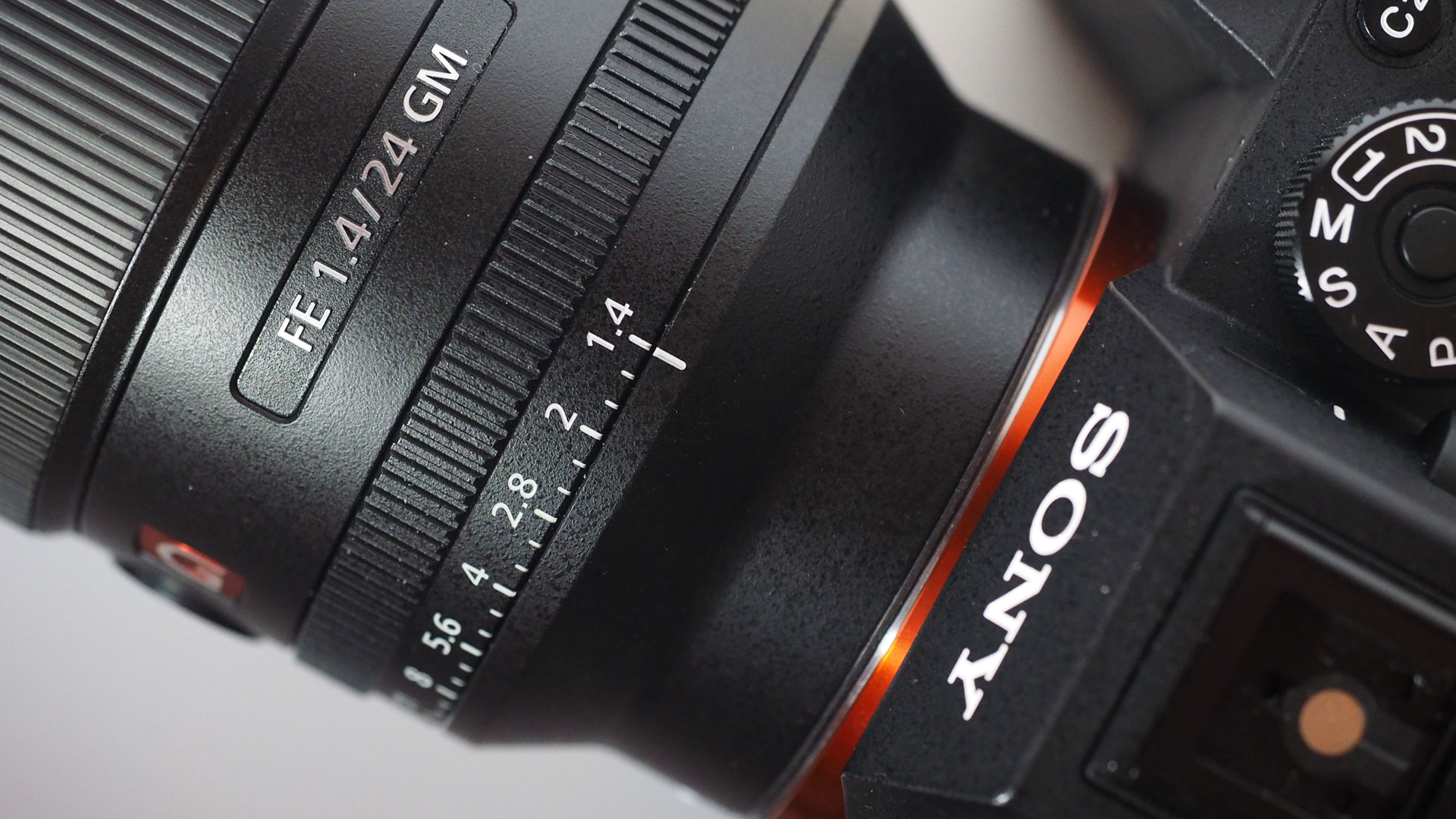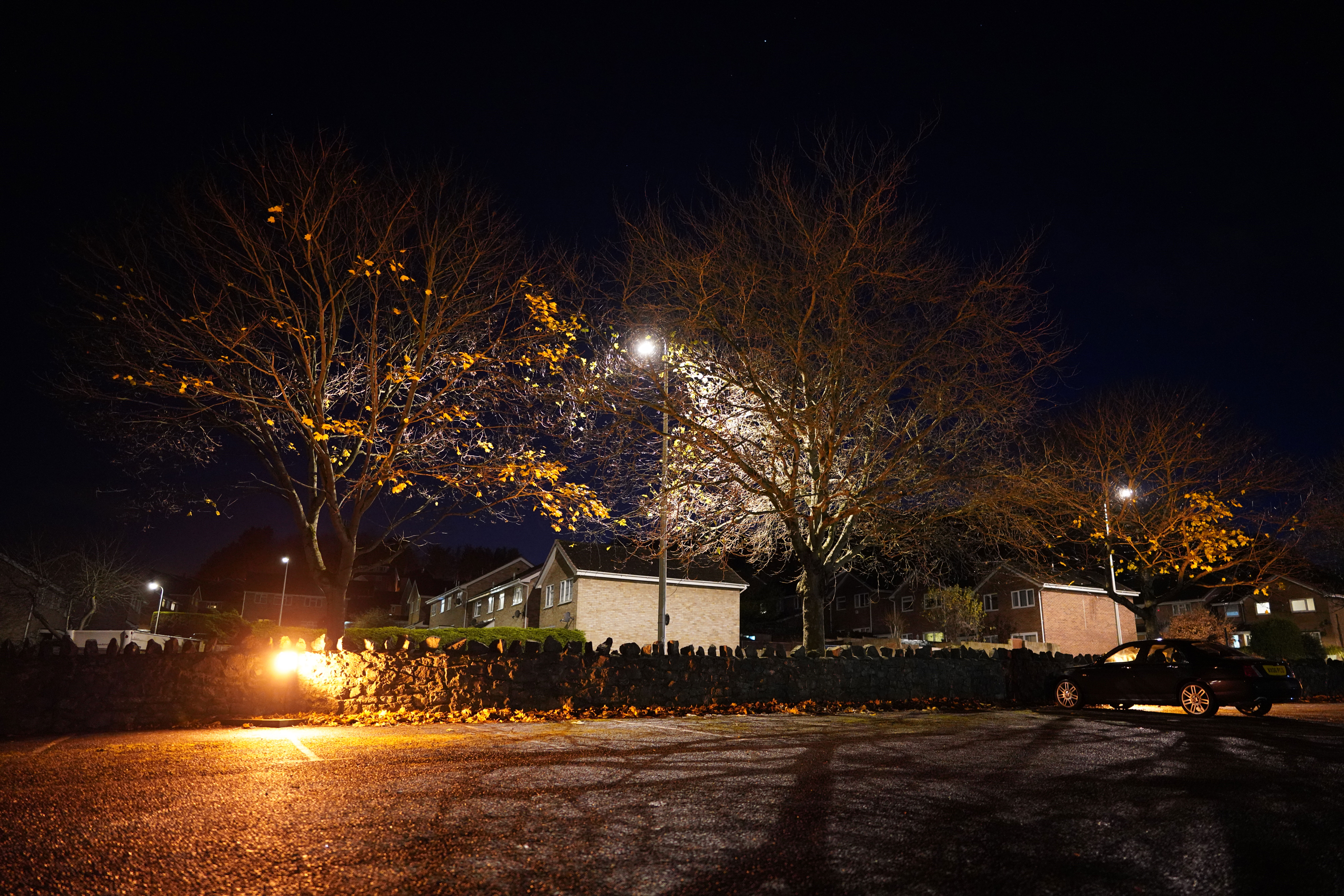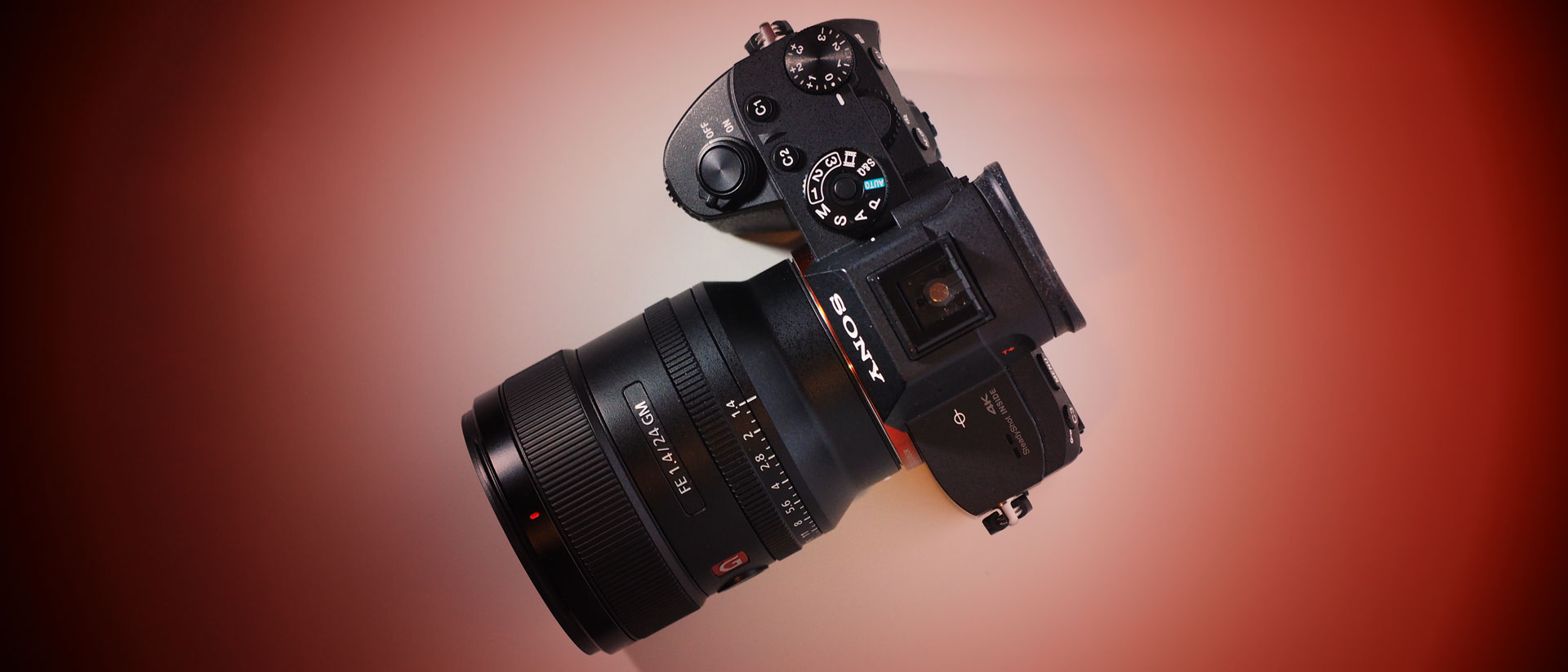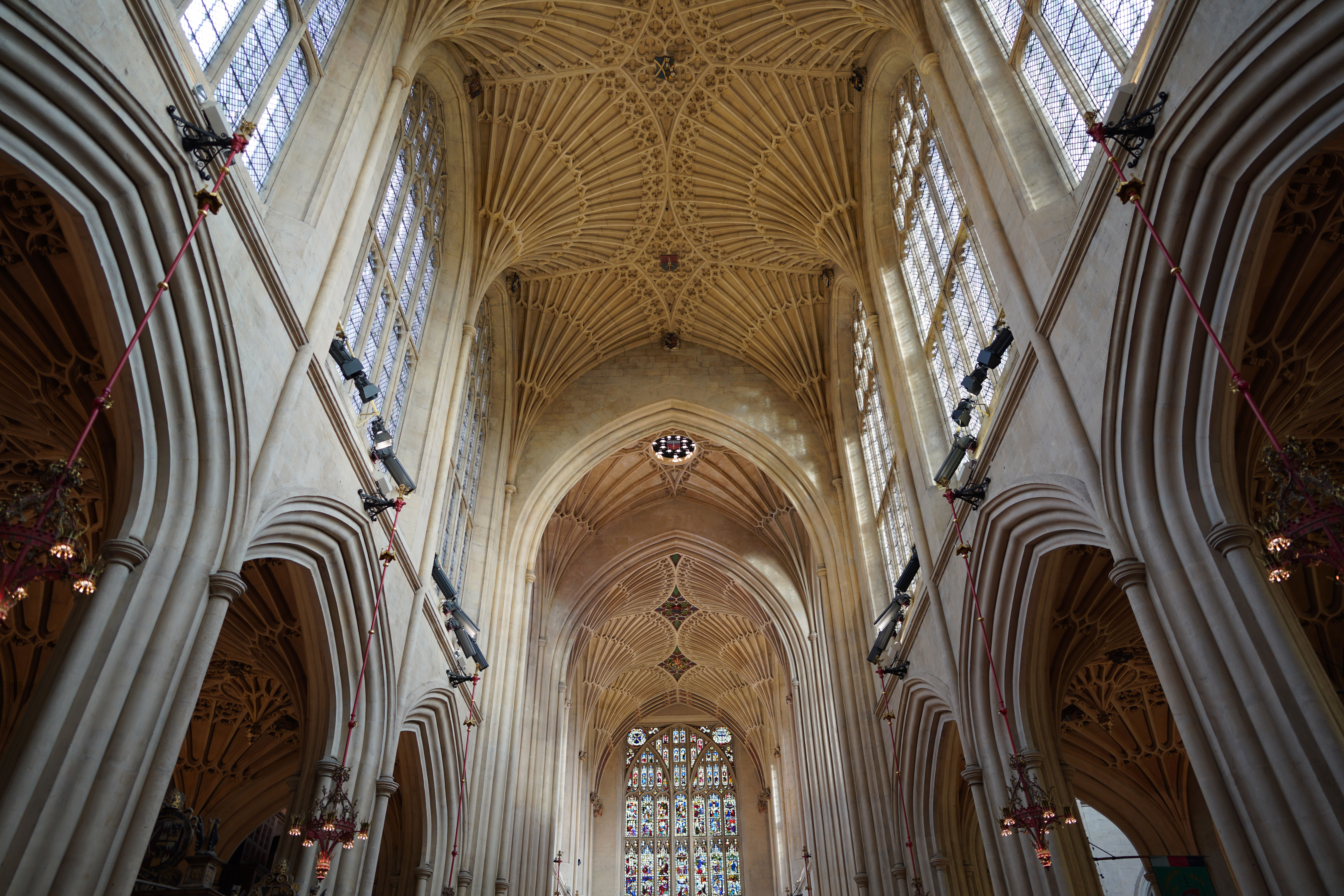Digital Camera World Verdict
The Sony FE 24mm f/1.4 GM is very specialised, very expensive and not quite optically perfect, but there's still nothing quite like it for low-light wide-angle photography on full-frame Sony mirrorless cameras.
Pros
- +
Quite compact considering its specs
- +
Superb build quality and finish
- +
Click-stop aperture ring
Cons
- -
Some edge softness wide open
Why you can trust Digital Camera World
Sony's been working hard to build up a professional quality lens range for its full-frame mirrorless cameras, and that means working on both quality and focal length range. This new Sony FE 24mm f/1.4 GM lens looks like it ticks both boxes, offering a wide angle of view, a very fast maximum aperture of f/1.4 (unusual in a wide-angle lens) and the G Master seal of quality.
G Master is Sony's premium lens brand, and like L-series lenses for Canon. These G Master lenses use cutting edge optical designs, high-tech glass materials and state of the art manufacturing techniques to produce stellar image quality and envelope-pushing designs at the same time.
You can get some tasty but expensive Zeiss wide-angle primes for Sony E-mount cameras in the form of autofocus Batis models or manual-focus Touit prime lenses, but while some of these go wider than the Sony FE 24mm f/1.4, none can match its maximum aperture.
Sony's new lens looks perfect for low-light photography and producing attractive bokeh (background blur) with a wide angle of view – something difficult to achieve with wide-angle lenses with smaller maximum apertures.
This mini-review is based on our impressions of this new lens after a day spent using and shooting with it. We attached it to a 42.4-megapixel A7R III to test its resolution to its limits.
Read more: The best Sony cameras in 2019

Build and handling
This is an expensive lens, but you only have to pick it up to understand where a good part of the money has gone. The finish, controls and general feeling of solidity are absolutely first rate, and it's great to see a manual aperture ring on a lens. This is clearly calibrated in 1/3EV click stops that have just the right weight and absolutely no unwanted play. You turn the ring against a heavier detent past its minimum aperture to a red 'A' setting for those times you want automatic aperture control.
The best camera deals, reviews, product advice, and unmissable photography news, direct to your inbox!
Most pro photographers prefer either manual mode or aperture-priority auto-exposure, and a manual aperture ring on the lens is a great thing to have. There's also a switch on the side to deactivate the 'click' for video use, so that you can make stepless and silent changes to the iris (aperture) setting while filming.
Inside, Sony's high-power DDSCM AF actuator delivers fast, smooth and near-silent autofocus, and the fast f/1.4 maximum aperture gives the camera's AF system a much easier time in low light, capturing four times more light than even a fast constant-aperture f/2.8 zoom lens. With this lens fitted, the A7R III coped perfectly with night scenes illuminated only by regular suburban street lighting, displaying a bright, clear EVF and rear screen display.
Image quality
We don't yet have full lab test results for this lens, but we took a series of sample shots across a range of lighting conditions, focus distances and lens apertures. The lack of distortion is one plus point that's immediately obvious, though you'd expect this with a prime lens anyway. You will still get perspective distortion if you tilt the camera up for tall buildings, of course, but if there is any barrel distortion – a common flaw in wide-angle lenses – it's almost impossible to spot.
It produces really beautiful background bokeh, too, and we couldn't see any axial chromatic aberration in our shots. This is the really tricky sort because it's almost impossible to remove, and appears as colour shifts in the soft outlines of out-of-focus objects. However, we did get some lateral chromatic aberration (edge fringing) in some outdoor shots with the aperture wide open, which is a shame. It's really easy to fix in software, but you'd probably rather not have it at all in a prime lens at this price.

And while the FE 24mm f/1.4 GM is super sharp in the centre of the frame at its maximum aperture, it does soften up a little towards the edges, so you may need to stop down a little to get the best out of this lens across the full field of view. We're so used to Sony's G Master lenses being practically flawless even wide open that we've started to expect it all the time. On the other hand, a 24mm f/1.4 lens is an impressive optical achievement in its own right, so maybe we're hoping for too much.
Verdict
Like other G Master lenses, this one is designed for the ultimate in specifications and performance for the most demanding users. That makes it very expensive! If you definitely need a fast, very wide distortion-free lens for a very specific kind of work, for example available-light social, wedding or event photography in confined spaces, then it does things other lenses can.
If you just want a wide angle of view, Sony's 12-24mm f/4 zoom offers more versatility and a wider angle of view. Its maximum aperture is a full 3 f-stops lower, though, and even the 16-35mm f/2.8 G Master lens is two f-stops slower than this one.
The Sony FE 24mm f/1.4 GM is very specialised, very expensive and not quite optically perfect, but there's still nothing quite like it for low-light wide-angle photography on full-frame Sony mirrorless cameras.
READ MORE:
The best Sony cameras for 2018
5 things we learned about Sony at Photokina
The best Sony lenses in 2018

Rod is an independent photography journalist and editor, and a long-standing Digital Camera World contributor, having previously worked as DCW's Group Reviews editor. Before that he has been technique editor on N-Photo, Head of Testing for the photography division and Camera Channel editor on TechRadar, as well as contributing to many other publications. He has been writing about photography technique, photo editing and digital cameras since they first appeared, and before that began his career writing about film photography. He has used and reviewed practically every interchangeable lens camera launched in the past 20 years, from entry-level DSLRs to medium format cameras, together with lenses, tripods, gimbals, light meters, camera bags and more. Rod has his own camera gear blog at fotovolo.com but also writes about photo-editing applications and techniques at lifeafterphotoshop.com




